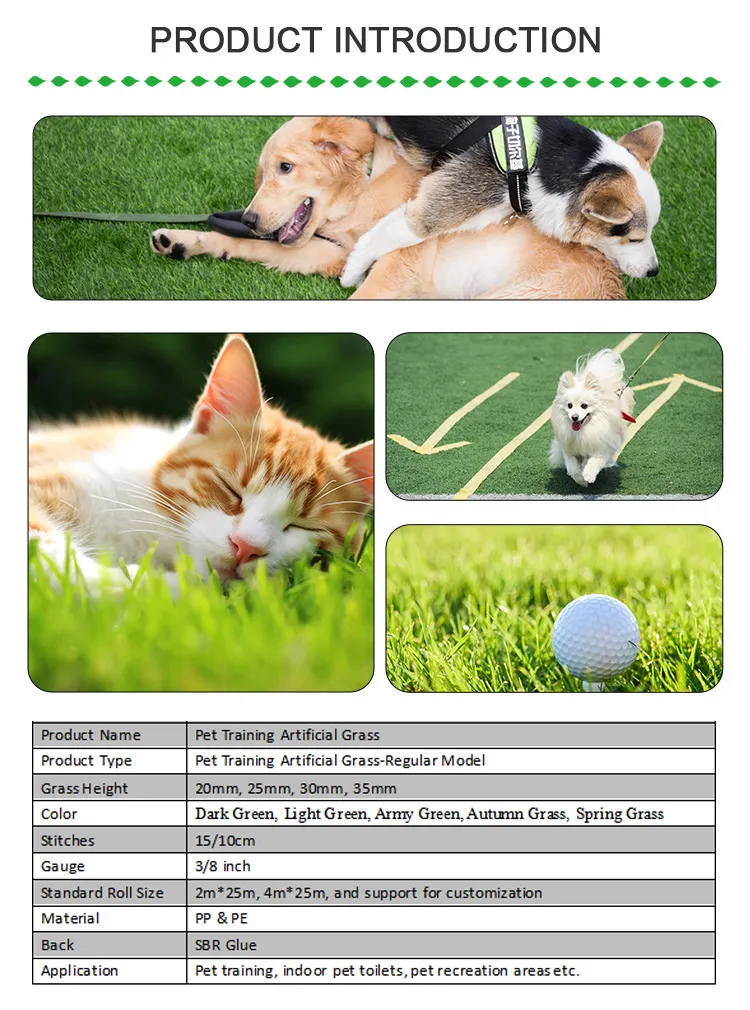
- Afrikaans
- Arabic
- Belarusian
- Bengali
- Czech
- Danish
- Dutch
- English
- Esperanto
- Estonian
- Finnish
- French
- German
- Greek
- Hindi
- Hungarian
- Icelandic
- Indonesian
- irish
- Italian
- Japanese
- kazakh
- Rwandese
- Korean
- Kyrgyz
- Lao
- Latin
- Latvian
- Malay
- Mongolian
- Myanmar
- Norwegian
- Persian
- Polish
- Portuguese
- Romanian
- Russian
- Serbian
- Spanish
- Swedish
- Tagalog
- Tajik
- Thai
- Turkish
- Turkmen
- Ukrainian
- Urdu
- Uighur
- Uzbek
- Vietnamese
laying artificial grass on uneven paving slabs
Dec . 03, 2024 11:16 Back to list
Laying Artificial Grass on Uneven Paving Slabs
Artificial grass has become an increasingly popular choice for homeowners and landscapers alike, primarily due to its durability, low maintenance requirements, and lush appearance. However, laying artificial grass on uneven paving slabs presents unique challenges that must be addressed to achieve a seamless and aesthetically pleasing result. In this article, we will explore the steps and considerations necessary for successfully installing artificial grass on an uneven surface, ensuring a long-lasting and attractive lawn.
Understanding the Challenge of Uneven Paving Slabs
Uneven paving slabs can create a deceptive appearance when installing artificial grass. Variations in height, gaps, and depressions can lead to a bumpy surface that detracts from the overall look of your lawn, and can also affect drainage and moisture retention. As such, before laying down your artificial grass, it is crucial to understand the specifics of the uneven landscape and prepare accordingly.
Preparation Assessing and Cleaning the Area
The first step in the installation process is to assess the uneven paving slabs. Walk around the area and take notes of any significant dips or rises. This evaluation will help you decide how to proceed—whether you’ll need to level the surface or if minor adjustments will suffice.
Next, clear the area of any debris, dirt, and vegetation. It’s essential to have a clean surface before laying the artificial grass to ensure proper adhesion and stability. Remove any old grass, weeds, or invasive plants that could compete with the new installation.
Leveling the Surface
To prepare your uneven paving slabs for artificial grass, you may need to fill in depressions and level out high spots. This can be achieved using self-leveling compound, a mixture designed to create a flat and even surface.
1. Filling Depressions For low spots or gaps between paving slabs, use a gravel or sand mixture to fill in the area. Compact the material to create a solid underbody, then level it with a straight edge.
2. Addressing High Spots If there are sections of the paving slabs that are too high, consider using a concrete grinder or jackhammer to carefully lower those areas. Take care not to damage adjacent slabs during this process.
3. Checking the Slope Ensure your surface has an adequate slope for drainage—typically 1-2% away from structures. This prevents water pooling under the artificial grass and prolongs its lifespan.
laying artificial grass on uneven paving slabs

Laying Down the Base
Once the surface is evened out, it’s time to lay down a base layer. A layer of weed barrier fabric can help prevent weeds from surfacing through the artificial grass, while a layer of crushed stone or decomposed granite can help with drainage. Spread this layer evenly across the area, ensuring it is compact and level.
Installing the Artificial Grass
With the base prepared, you can start installing the artificial grass. Here are the steps to follow
1. Measuring and Cutting Roll out the artificial grass across the prepared area. Measure carefully and cut the grass to fit around any edges, ensuring a snug fit against walls or garden borders.
2. Joining Pieces If your project requires multiple pieces of grass, lay them side by side and use adhesive tape or seam glue to secure the joins, ensuring the grass fibers are aligned for a natural look.
3. Securing the Edges Use landscape staples or turf pegs to anchor the edges of the artificial grass. This will keep it in place and help prevent lifting.
4. Infill Application To give your artificial grass a more natural feel and improve drainage, consider adding a layer of infill material, like silica sand or rubber granules. This helps support the grass fibers and adds weight to keep it in place.
Final Touches
Lastly, brush the surface of the artificial grass with a stiff-bristled broom to lift the fibers and enhance its appearance. Watering the grass lightly can help settle any infill material.
By following these steps and paying attention to detail, laying artificial grass on uneven paving slabs can transform your outdoor space into a beautiful and functional area. With proper preparation and installation techniques, you can enjoy a lush, green lawn year-round, without the hassle of natural grass maintenance.
-
The Benefits of Artificial Turf for Indoors
NewsJul.15,2025
-
How Artificial Grass Suppliers Ensure Quality Products
NewsJul.15,2025
-
Artificial Grass and Pets: A Space for Relaxation
NewsJul.08,2025
-
Balcony & Outdoor Decoration with Artificial Grass
NewsJul.08,2025
-
Best Indoor Artificial Grass for Home
NewsJul.07,2025
-
Best Pet Turf for Dogs: Safe & Durable Artificial Grass Options
NewsJul.07,2025
Products categories









